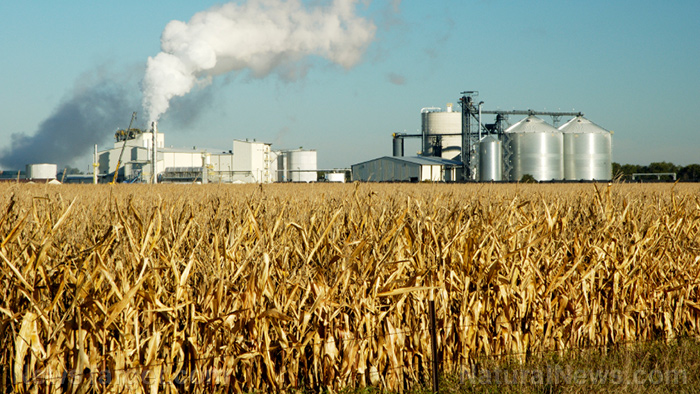
India has set some ambitious environmental goals, seeking to reach net zero emissions by the year 2070. As part of that pursuit, they are aiming to phase out fossil fuels and raise their use of biofuels. However, concerns are growing that the shift toward ethanol blending could put the nation's food supply in jeopardy.
The country had originally set a target for reaching 20% ethanol blending for 2030, but they recently pushed it forward to 2025. The ethanol they use for fuel is derived as a byproduct during the process of obtaining sugar from sugarcane.
Right now, a tenth of the petrol in India is biofuel blended with ethanol from sugarcane, and the practice of ethanol blending has risen eightfold during the last decade. India currently relies on imports to meet its energy needs, importing roughly 80% of its oil requirements, while fossil fuels make up 75% of the country’s energy demand.
They believe that ethanol blending is a good way to reduce their dependence on oil imports and save money in the process. Public sector oil marketing companies in the country reportedly saved more than 5 billion liters of petrol thanks to the practice of ethanol blending during Ethanol Supply Year 2022-2023. This amounted to nearly $3 billion in savings on foreign exchange.
But while some politicians maintain that ethanol is an eco-friendly and renewable approach that holds a lot of promise, it is important not to overlook the fact that sourcing ethanol from foods such as rice, sugar and corn is not the smartest move in a country that ranked 111th out of 123 countries in the 2023 Global Hunger Index. They were given a score of 28, which means that hunger in the country is “serious.” Moreover, official statistics indicate that more than 3.3 million children were malnourished in India in 2021.
In 2021, 78,000 tons of rice from the Food Corporation of India stocks were allocated to distilleries for the production of ethanol at subsidized rates by the Indian government. This stock could have been used to feed hungry people instead.
Food policy analyst and agriculture expert Devinder Sharma questioned the wisdom of this approach given India’s food security problem. He said: “Divesting food grain for biofuels is a flawed concept. We are being driven by commercial interest which will create unfair competition between people and automobiles. As a country that lags behind on GHI I cannot understand how policymakers could even think of diverting food grain for ethanol production.”
He suggests a smarter alternative would be biomass waste, which will otherwise contribute to air pollution problems in northern India.
“Punjab alone produces over 20 million tons of rice stubble every year which can be used for biofuel production, along with corn stubble. Stubble burning is a big problem in winters so why not use this resource for producing biofuels,” he pointed out.
Ethanol blending is not as eco-friendly as it appears
Even if there was plenty of food to go around in India, ethanol blending still wouldn't be a sustainable approach because of drought. Around 2,000 liters of water are needed to produce just one kilogram of sugar, and water scarcity is already a problem in many areas of India, such as Maharashtra, which is experiencing acute water scarcity. Not only does sugarcane cultivation require a significant amount of water, but it also occupies a lot of land that could be used for food crops.
It's also worth noting that the calculations that point to ethanol-based biofuels having lower emissions than conventional fuels generally overlook the emissions associated with the production of ethanol. In fact, studies have shown that the carbon intensity of ethanol may be 20% higher than that of petrol as a result of the emissions tied to land-use changes, ecosystem damage and increased fertilizer use.
Sources for this article include:
Please contact us for more information.


















